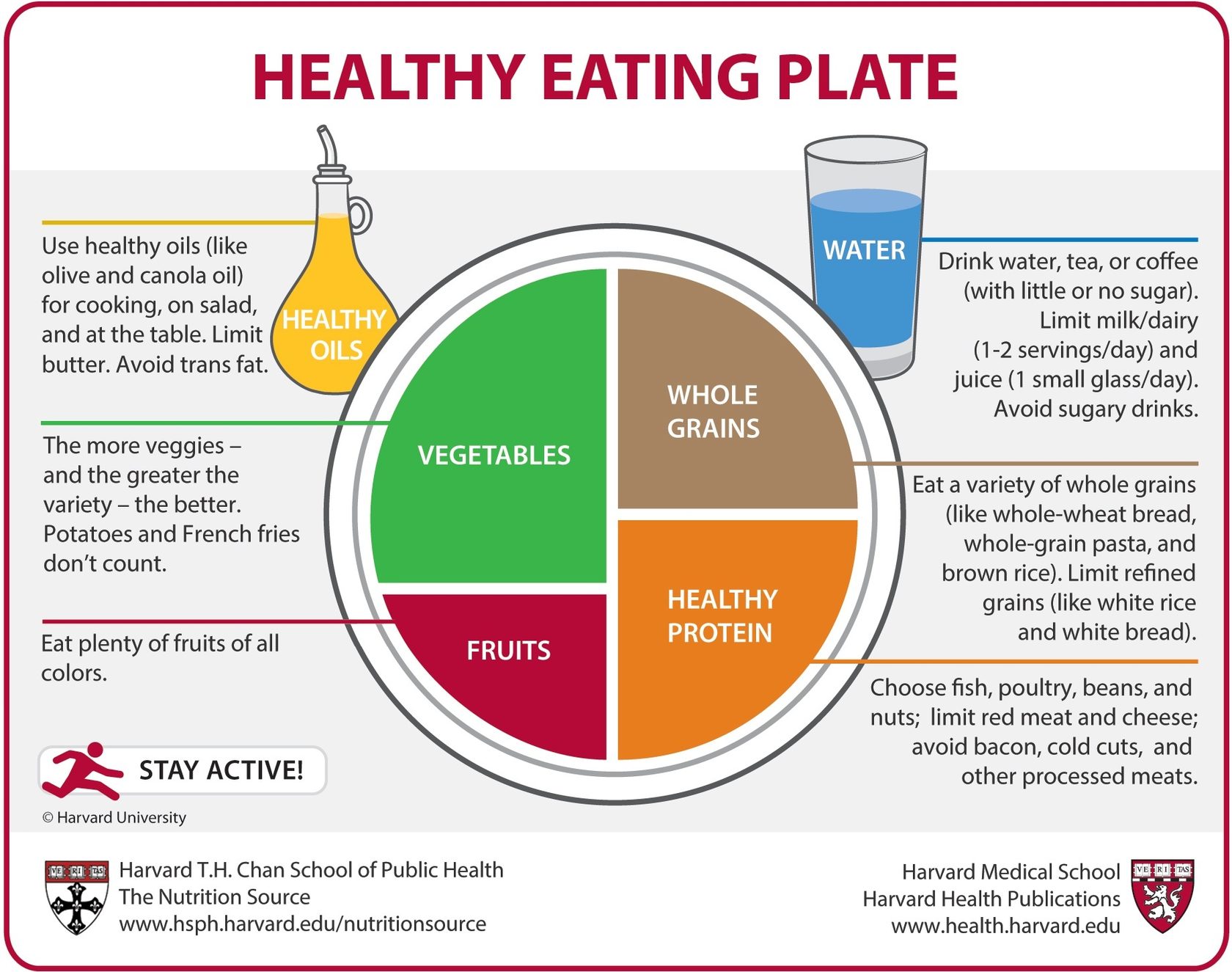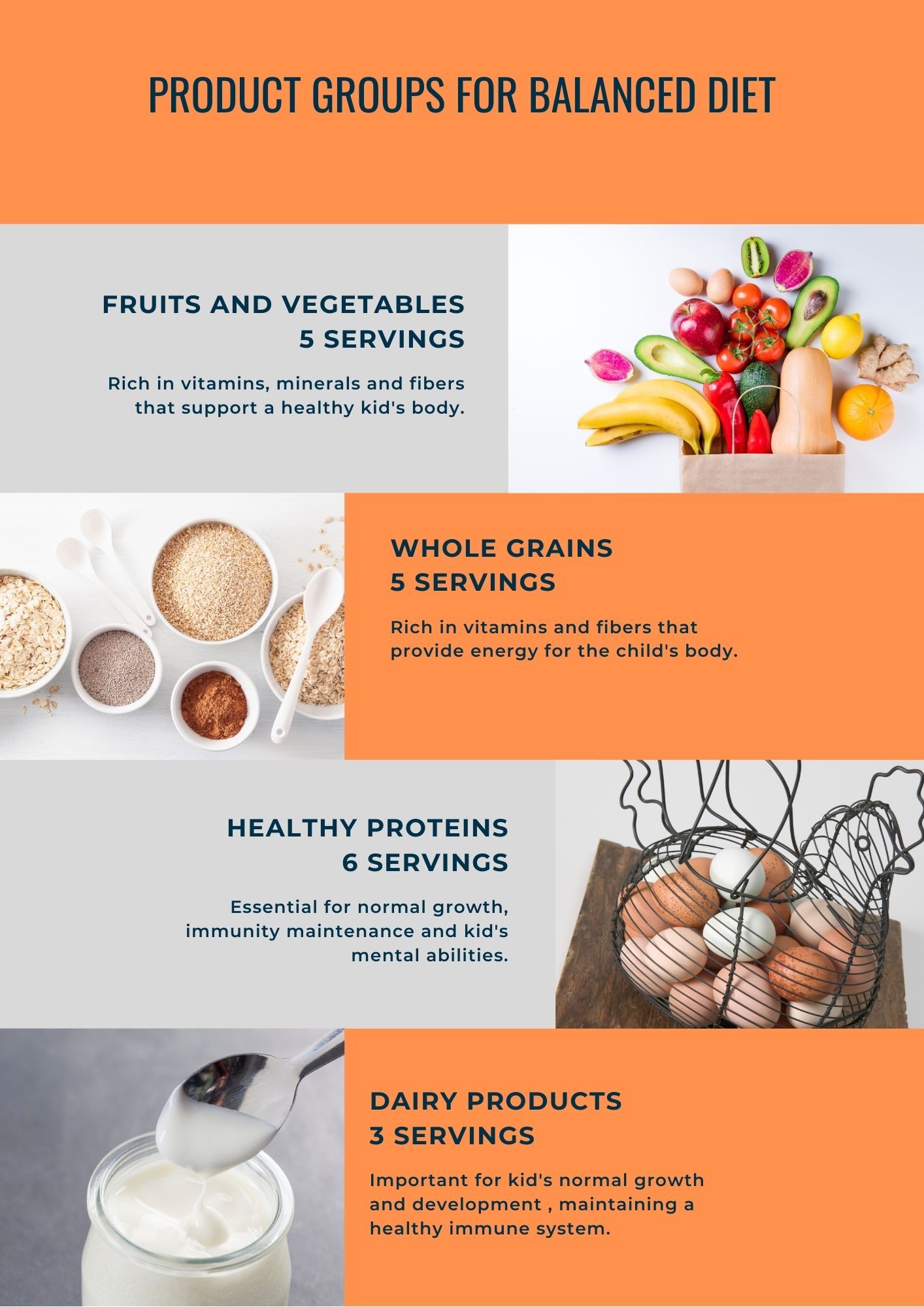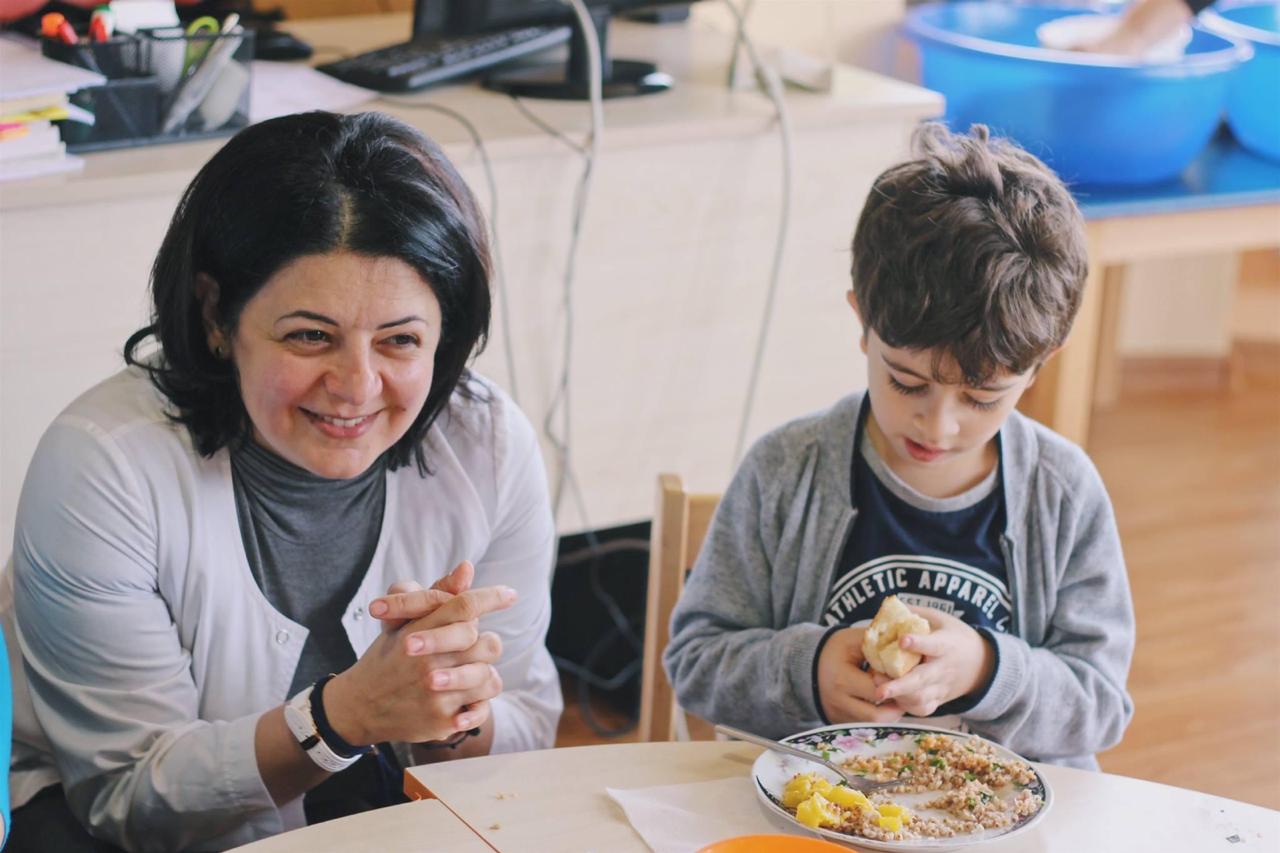A healthy diet helps our children study well, have a strong immune system, good health, and correct eating habits formed from childhood. All this together leads to the fact that children become healthy and happy adults in the future — the goal of any parent.
Following the healthy nutrition principles with your kids, you may not notice all of this in the short term, it may seem very complicated to you and take too much time. But believe me, trying to introduce your child to a healthy diet today, you are planting a seed, the fruits of which you will notice, perhaps in 20 years, and you will understand that all your efforts were not in vain.
Where to begin
Many people, when they hear about healthy eating, find it very difficult to stick to it. In reality, this is just a matter of habit: you decide for yourself that from now on you want to eat right and start with small steps. Precisely small, because only few can radically and immediately change their habits. Plus, this tactic can last a fairly short time, and then you give up. The gradual introduction of good habits is much better.
Start small. For example, with regular drinking of pure water. Not tea, coffee or juice, but water. I always make sure that I have a bottle of clean water close at hand. And, of course, this water is as much as my body needs during the day. There is not a little and not a lot of it, because the drinking regimen must be correct. Drinking too much leads to swelling (and this is the lesser of the problem), and not drinking enough leads to dehydration.
In my practice, I have met people who got rid of long-term migraines and headaches only with the help of the correct drinking regimen. And to say that they were surprised is to say nothing! Therefore, drink more water and give it to your children. Have them carry water bottles to school and outside.
The habit of drinking water won't develop right away, but don't give up and you will see the result! Kids' memory will improve and they will feel less tired by the end of the school day. On yourself, you will notice how the skin condition, digestion will improve, irritability will disappear.
What are the balanced diet principles
The most important thing in a healthy diet (and not only for children, but for the whole family) is that it is balanced. I want to introduce you the healthy plate concept. By following it, you will easily understand the essence of the principle of balance and become a healthy diet adherent.
The plate was developed by American dietitians from Harvard Medical School, and I believe that there is nothing superfluous in it, only the most important. Let us get all this straightened out.

The plate itself is divided into four parts — what you should consume daily։ whole grains, healthy proteins, fruits and vegetables. Along with four food groups, I want to highlight healthy fats — use vegetable oils when cooking salads and other dishes: olive, rapeseed, sunflower oil. It is very important to avoid the use of butter and trans fats.
Please note that fruits and vegetables are separate. This is a new approach because they used to be in the same group. Nowadays, more importance is attached to vegetable consumption. The more vegetables and the more varied they are, the better. And the fruits, as you can see, are less prominent on the plate. Eat more fruits of different types and colors. At home, instead of sweets on the table, try to place fruits and vegetables cut into slices and pieces։ apples, carrots, pumpkin.
Try to eat a variety of whole grains such as bread, pasta, whole wheat, buckwheat, achar, and dzavar. Limit refined and processed grains, which are much lower in nutrients and vitamins, such as white rice or premium flour bread.
Choose fish, poultry, beans, and nuts. Limit cheese and red meat (it can only be eaten twice a week), and avoid bacon, sausages, and other processed meats. Choose only healthy proteins.
And of course, I repeat again, drink clean water. And when drinking tea or coffee, do not add sugar, or limit it to the maximum. Avoid sugary drinks, fruit drinks, and juices.
Be proactive. Getting enough physical activity throughout the day will keep you feeling energized and in a good mood.
What are servings
Let's take a closer look at each product group.

Vegetables and fruits. For primary school children it is recommended to consume five servings a day.
Did you know that one serving is the amount of food that fits in our fist? It turns out that the child needs three fists of vegetables and two fists of fruits.Vegetables and fruits are rich in vitamins, minerals and fibers that keep our children healthy. They contain vitamin A, which is so beneficial for childrens' growth and healthy skin. It is also beneficial for vision and tissue repair. This vitamin can be found in large quantities in yellow and orange vegetables and fruits.
Vitamin C is also very important — it is our body's weapon in the fight against infections and viruses. It strengthens tissues, muscles and skin. Vitamin C can be found in citrus fruits, strawberries, as well as tomatoes, potatoes, asparagus and peppers.
Whole grains are rich in a variety of vitamins and fiber to provide energy for a child's body. They also require five servings a day. Vitamin B, contained in them, is very important for kid's nervous system development and energy maintenance in the body. The fibers in whole grains are important for maintaining healthy gut microflora and it's proper functioning.
What are whole grains? During processing, whole grains retain the shell and the germ, so all the essential vitamins and minerals are also preserved. Whole grains are the best source of fiber and essential minerals such as selenium, potassium and magnesium. Whole grains can be included in the diet as a standalone food (brown rice, organic wheat) or included in other meals, such as buckwheat pancakes, whole grain spaghetti or bread.
Processed grain, on the other hand, loses both the shell and the germ during processing. This is done to give cereals a more attractive appearance, flour from them — a finer grinding, as well as to increase the shelf life. The processing removes a large number of nutrients, including fiber. Products made from processed grains are quickly digested, lead to a sharp release of glucose into the blood, complicate digestion (white rice, white bread), and, despite the higher calorie content, such products satisfy hunger worse than foods from whole grains.
There should be six servings of healthy protein in your child's diet. Products rich in vegetable and animal proteins are necessary for normal growth, maintenance of the immune system and child's mental abilities.
Protein is the body's main building material. It is responsible for the formation of cells, tissues and muscles. A deficiency can lead to health problems, so it is especially important to monitor your diet and include protein foods in it.
Among protein products, the best of the best is an ordinary egg. It has the highest biological value. Simply put, it contains all 20 amino acids that are easily absorbed by the body. Chicken, fish are the best examples of animal protein content.
Dairy products (three servings a day) are also rich in protein, as well as calcium, which is essential for strengthening bones. Important for the child's normal growth and development, maintaining a healthy immune system. For example, the traditional Armenian yogurt matsun. During its production, the concentration of lactose decreases so it is absorbed much better. Therefore, the yogurt is best suited for people with lactose sensitivity.
